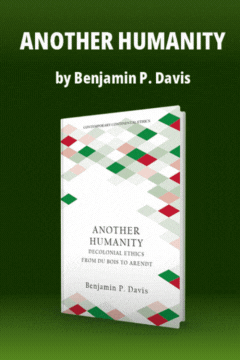Globalization and the Left
Globalization and the Left
From Seattle to Washington and Prague, it has been a noisy year for those trying to democratize international financial institutions (IFIs). Critics of the World Bank, the International Monetary Fund (IMF), and the World Trade Organization (WTO) have made their voices heard (and banners seen, and rocks felt) early and often in an effort to call attention to the problems of globalization. Unfortunately, it will take more than sound and fury to reorient international economic strategies toward sustainable and equitable growth.
The protesters who say that globalization today provides a disproportionate share of benefits to transnational elites are correct. They are right to say that policies based on the Washington Consensus tend to reinforce existing economic orders within emerging economies. There are many problems with the Bretton Woods institutions (IMF, World Bank) and the WTO, but these problems stem more from their weaknesses than their strengths. Though intelligently managed by well-intentioned professionals, they have been hamstrung in their ability to make real change and create lasting growth by their lack of leverage within the regions they most need and want to help, and by their limited capacity for innovative solutions.
In the first place, they are too large and centralized, and have little moral authority in developing countries. Often seen as controlled by Western policy makers, their calls for painful austerity measures are frequently met with suspicion or disregard.
Furthermore, they have too few instruments for encouraging new strategies, and those tools are often ineffective. IFIs have insufficient means for supervision or real regulation of the economies that they attempt to reform. One-size-fits-all approaches are rarely successful. World Bank–sponsored micro-credit programs are surely a step in the right direction, but they are too small and too narrowly focused on those in extreme poverty to effect large-scale growth.
Better alternative solutions are possible, however. Strategies should be sought that will make billions of people able to consume as well as just produce. In other words, if IFIs can come up with creative programs focused on increasing domestic living standards through democratized access to capital, much of the world can become more well-rounded—and more affluent—capitalists.Furthermore, IFIs would do best to coordinate these strategies and their implementation with new regionally based programs and institutions. For a more complete discussion of this subject, see Walter Mead and Sherle Schwenninger, “A Financial Architecture for Middle-Class-Oriented Development” (Council on Foreign Relations, 2000). The report is available on-line at www.cfr.org.
Economist Jane D’Arista very astutely uses the Reconstruction Finance Corporation (RFC) as a model for growth within emerging economies. From 1932 to 1947, the RFC built a thriving middle class, financed a strong inf...
Subscribe now to read the full article
Online OnlyFor just $19.95 a year, get access to new issues and decades' worth of archives on our site.
|
Print + OnlineFor $35 a year, get new issues delivered to your door and access to our full online archives.
|






